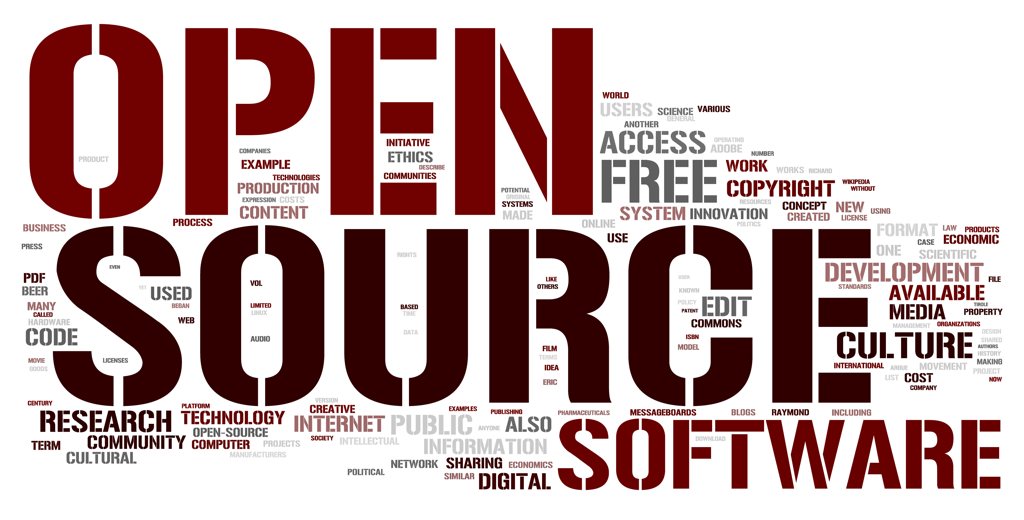Information technology has revolutionised various domains such as engineering, communication, management and finance, increasing the productivity and accuracy. Financial services in the past decade have benefited largely with the support of information technology. The use of computer programs and technology to aid financial services is termed as Fintech. Similar to Information technology , a new technology has emerged during the past years, which eases human effort far more. With this technology, humans can teach machines to make decisions like humans, thus enabling them to work and make decisions like humans. This is Artificial Intelligence.
What is a Robo Adviser?
A robo-advisor (robo-adviser) is an online wealth management service that provides automated, algorithm-based portfolio management advice without the use of human financial partners. Certain algorithms are run by the software that provide advice to automatically optimize decisions and hence replaces a human advisor. Robo advice started around 2008 in the US and gained momentum from 2011 with over 100 solutions in the market. Hence this opens up a huge potential in the coming years. The financial advice provided by robo-advisors come at an incredibly lower cost compared to traditional human advice. Hence this is eliminated many wealth management services by large. Robo advice is majorly used in investment banking,insurance and mortgage advice.
The algorithms run by the robo advisors usually take into account an individual’s investment and risk preferences along with their desired target return. An individual has the aoption of being able to chose between passive or active asset management. But the true innovation lies in the digital advice space as asset management has already been around for quite a long time now.
The main target market for these services have been young and new investors who have been accustomed to doing things online. An investor could skip going to a human financial advisor and could go through a robo advisor and gain access to many advisory services. This would save a lot of money and time.
Can we trust a Robo Advisor?
With Robo advisors turning into a rage by attracting young investors with their high accessibility and low fees, ultimately the question comes down to “Can I trust a robo advisor to make my investment?
As it is a considerable new technology, we have limited historical data to validate the effectiveness. It faces many challenges in the form of security breaches and SEC regulations. Also if we want to invest all our cash, we want to make sure that we get our ROI and the decision is working for us. Another huge obstacle to robo advisors would be how receptive it would be towards market downtrends. At the end of the day we ask ourselves if we could place our whole savings on an automated financial machine run by algorithms. Hence although it is replacing human advisors, they still have a long way to go.
Reference:
http://www.investopedia.com/terms/r/roboadvisor-roboadviser.asp

